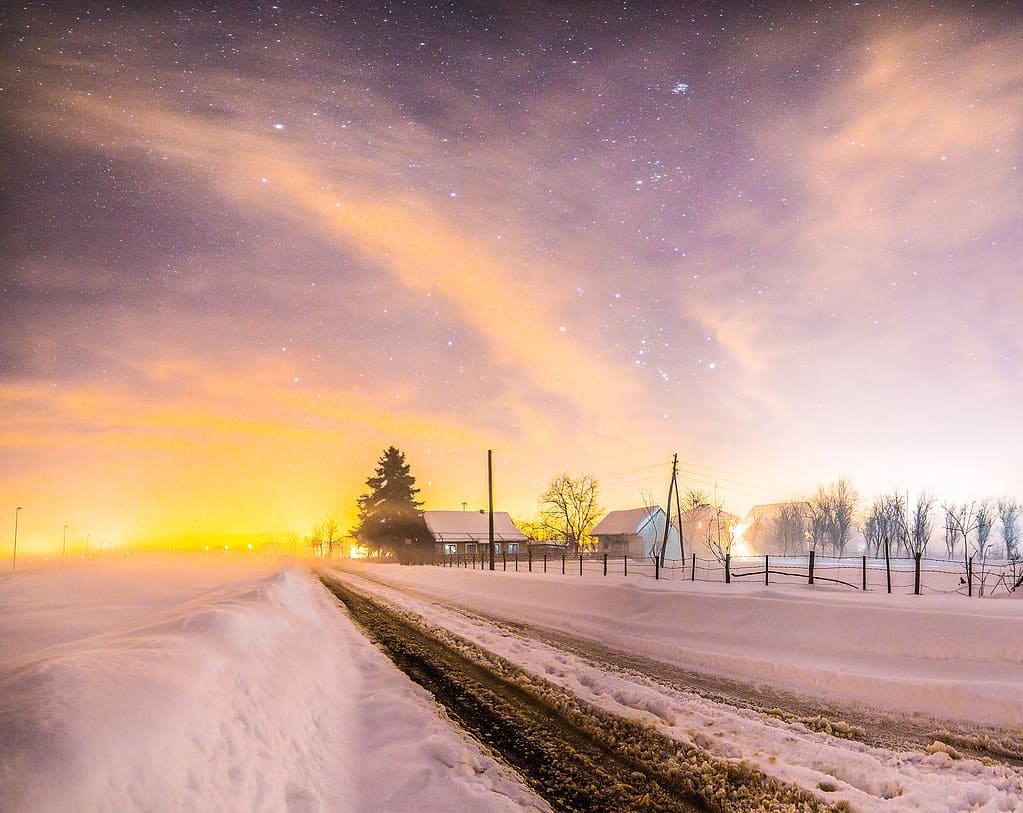Winter Solstice 2023: Exact Date and 20 Amazing Facts
A day of celebration and scientific significance, the winter solstice is a notable event. Historic achievements have happened on the winter solstice. Different cultures mark the winter solstice with festivals and long-standing traditions. At one time, the winter solstice was rumored to be the final day of humanity. However, the winter solstice doesn’t occur at the same time each year, which can make it difficult to track. Keep reading and you’ll find out when the 2023 winter solstice occurs and some things about the winter solstice you may not have known!
When is the 2023 Winter Solstice?
This year, the solstice occurs on December 21 at 10:27 p.m. EST. Because the Earth takes slightly more than one calendar year to complete its orbit of the sun, the time and date of the solstice varies. In 2022, the solstice took place on December 21 at 4:47 p.m. EST, a difference of five hours and 40 minutes.
1. Does Winter Begin on the Solstice?

©SVphotography/iStock via Getty Images
Astronomically, the solstice marks the official start of winter. That’s not the case for meteorologists and climatologists. For them, winter begins on December 1 and comes to an end on the last day of February. Weather experts break the calendar year down into three-month periods. This method allows for a more efficient system of keeping records of weather patterns. Slicing the year up into months also reflects temperature records during a standardized time frame. For much of the U.S., coldest temperatures occur between December 1 and the last day of February.
2. What Happens After the Winter Solstice?
Residents of the Northern Hemisphere will see longer days and shorter nights. Some of the coldest days of the winter occur after the solstice has passed. After the winter solstice, the sun starts moving north again, slowly making the Northern Hemisphere warmer and brighter.
3. One Day, Two Solstices

©buradaki/iStock via Getty Images
In the Northern Hemisphere, the December solstice marks the astronomical beginning of winter. Earth’s axis becomes tilted the furthest away from the sun. In 2023, the Northern Hemisphere will only receive a little over seven hours of daylight. That makes December 21, 2023, the shortest day of the year.
When it’s winter in the Northern Hemisphere, it’s summer in the Southern Hemisphere. December’s solstice is the longest day of the year in that part of the world. Places like New Zealand and Australia can receive the most amount of sunlight in one day on the solstice.









